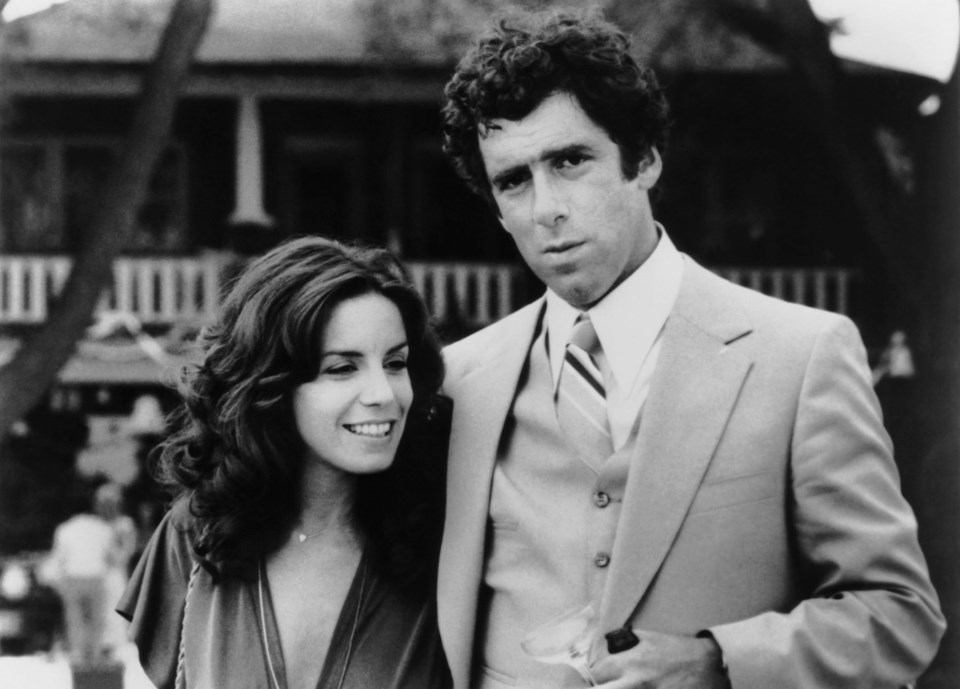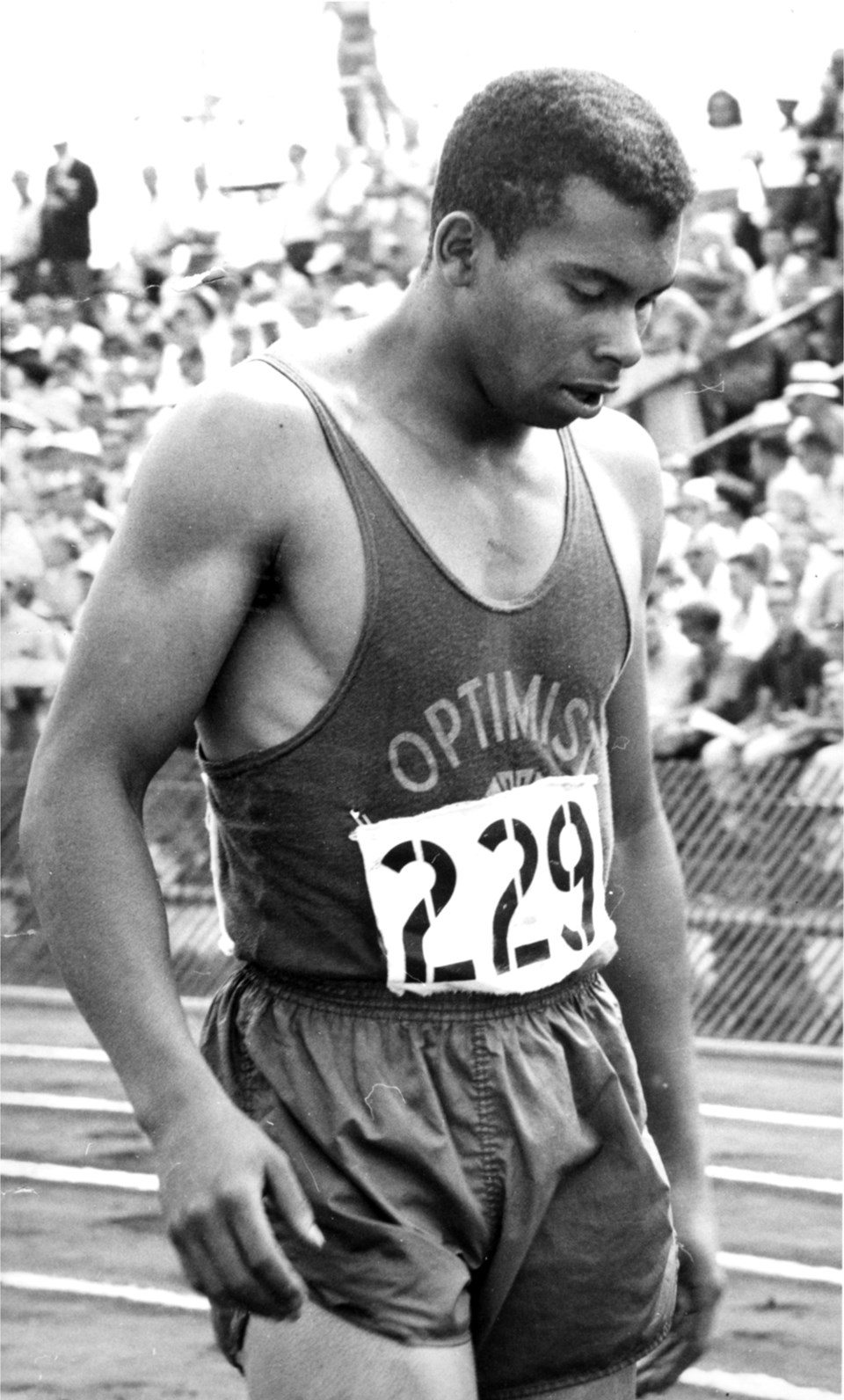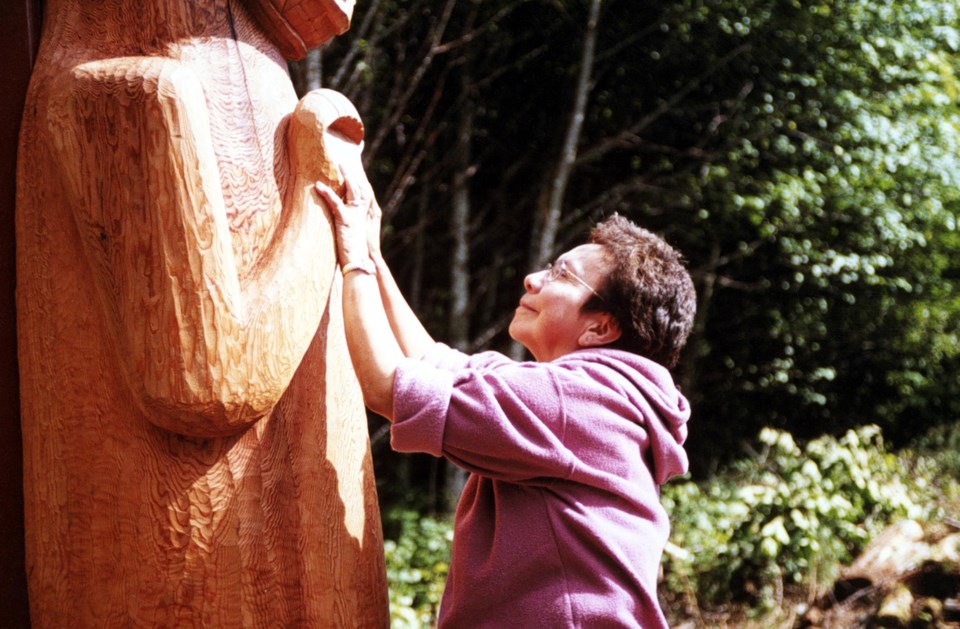If the Cinemathequeâs series The Image Before Us: A History of Film in British Columbia feels educational, thatâs because it is. But in this case, schooling costs far less than regular tuition and comes with the best popcorn in the city.
The series launched five years ago as an extension of an Emily Carr University fourth-year seminar about the history of film in B.C. The professor, Harry Killas, was on the board of the Cinematheque at the time, and in building the film list for his seminar, he realized he had a bona fide series on his hands, one that featured âfilms about British Columbians by British Columbians.â
And so Killas pitched his film series to the Cinematheque, and five years later it remains one of the most comprehensive surveys of B.C. film on the cultural calendar.
This yearâs edition kicked off earlier this week with an evening of shorts, travelogues and the scandalous (for its time) Waiting for Caroline â about a woman caught between lovers in Â鶹´«Ã½Ó³»and Quebec â and runs until the end of April.
The Image Before Us takes its name from a documentary by filmmaker and film historian Colin Browne, which ran in the Â鶹´«Ã½Ó³»Pavilion at Expo 86 and wove together clips and images from the cityâs earliest days.
âColin made the argument in the film that all of these images of resource extraction and the excitement of building a new city and tourism really didnât talk to the political and social realities of Vancouverites in their own habitat,â says Killas, adding that itâs why the series âputs a lens on people who want to tell people stories from here.â
Itâs an almost revolutionary stance in a city where the multi-billion-dollar film and television industry largely serves stories written by and for people in other countries.
âIndependent filmmaking, by which we define as strictly independent, meaning itâs by bootstrap filmmakers or with some of the systems that are in place, has actually gotten harder [in B.C.],â says Killas. âThere are a lot of filmmakers who made one or two feature-length films, and then moved into television or moved out of the field entirely because they couldnât get their next film made.â
âOf course, you can go make a movie on your iPhone on the weekend, but if youâre trying to do something thatâs long-form, it takes a lot of time and it still takes a group of people and resources.â
Thus, Killas wants to put B.C. films in front of B.C. audiences.
âOne of the questions Iâd like audiences to have is, âHow do we not know about these films?â And the answer is that, in most cases, theyâre not celebrated, and theyâre not widely available.â

The 2019 edition of The Image Before Us pays tribute to filmmaker (and founder of CKVU-TV, now Citytv) Daryl Duke, with screenings of 1973âs I Heard the Owl Call My Name â about an Anglican priest assigned to a remote Kwakwakaâwakw community in Northern B.C. â and The Silent Partner, a 1978 heist thriller that stars Elliott Gould as a bank teller who hatches a clever scheme to misappropriate a large chunk of cash, and features a young John Candy.
The series also features a pair of films about B.C.âs First Nations communities seeking to repatriate sacred objects removed to faraway countries (2003âs Totem: The Return of the Gâpsgolox Pole and 2007âs Totem: Return and Renewal). Two films screen in conjunction with Black History Month (2010âs Mighty Jerome, about African-Canadian track legend Harry Jerome, and Hoganâs Alley, a 1994 short film about the largely untold story about a local African-Canadian neighbourhood that was demolished to make way for the Georgia Viaduct).

Other films include Jonathan Tammuzâs Leo Award-winning Rupertâs Land, Orphan Black writer Aubrey Nealonâs early short film Abeâs Manhood (headlined by Pure star Ryan Robbins) and Phillip Borsosâ boy-and-his-dog survival film Far From Home: The Adventures of Yellow Dog.
âMany of the filmmakers here have been fashion-forward with respect to issues of the day,â says Killas. âItâs remarkable to me how farsighted many of these filmmakers were, particularly in the activist and socio-political realm. Itâs really been a privilege to be part of sharing these stories.â
The Image Before Us is at the Cinematheque until the end of April; tickets and info at .


